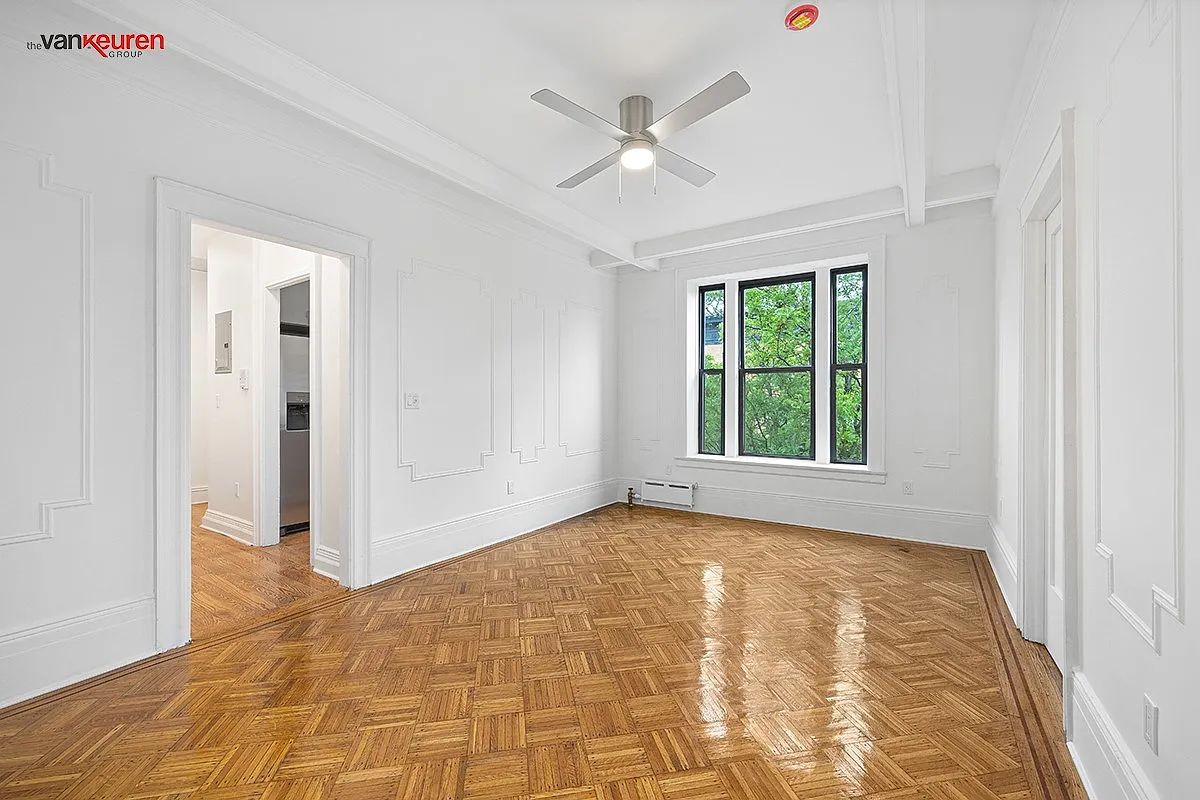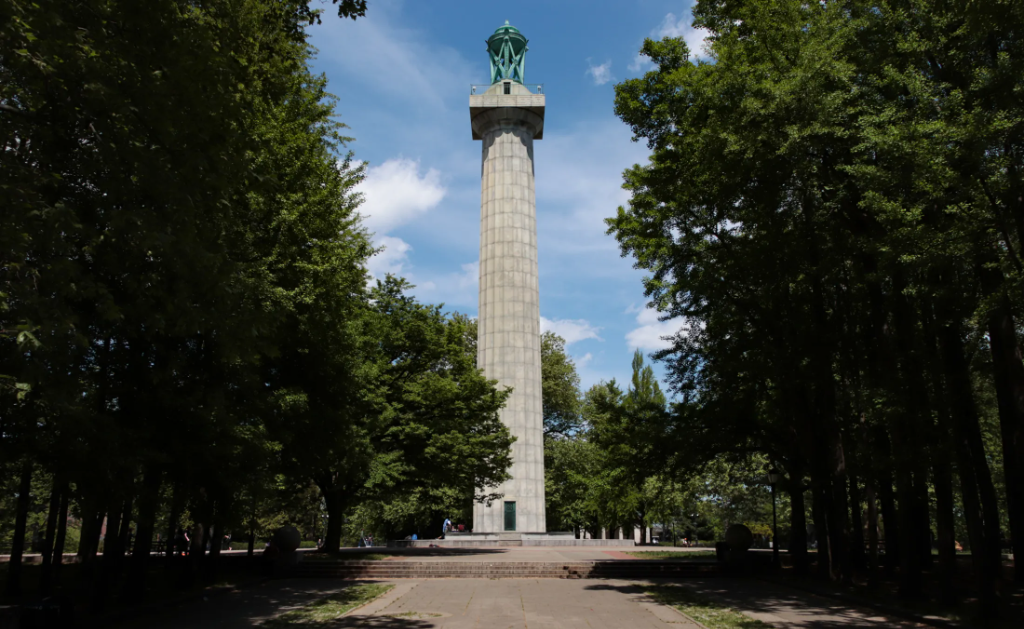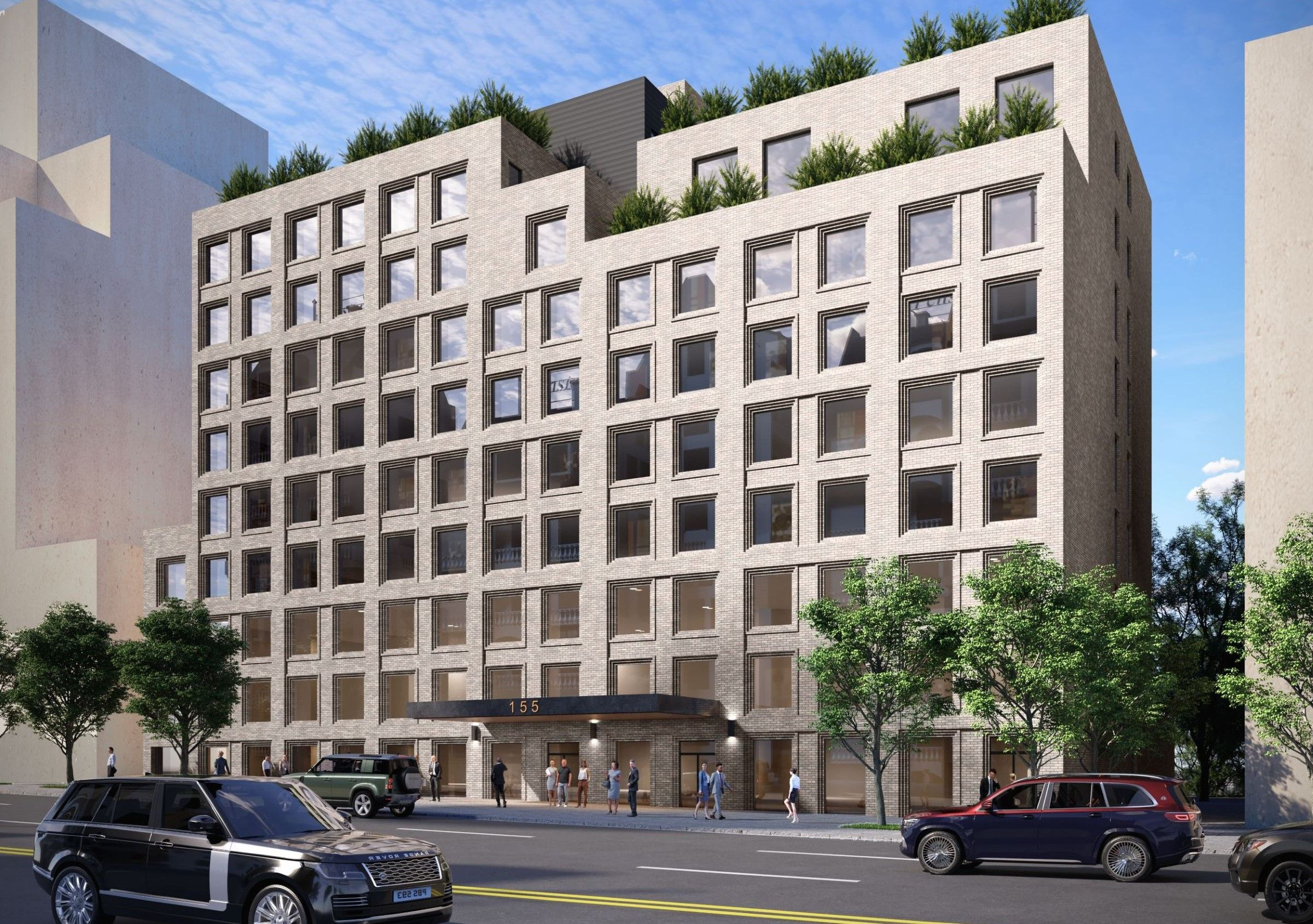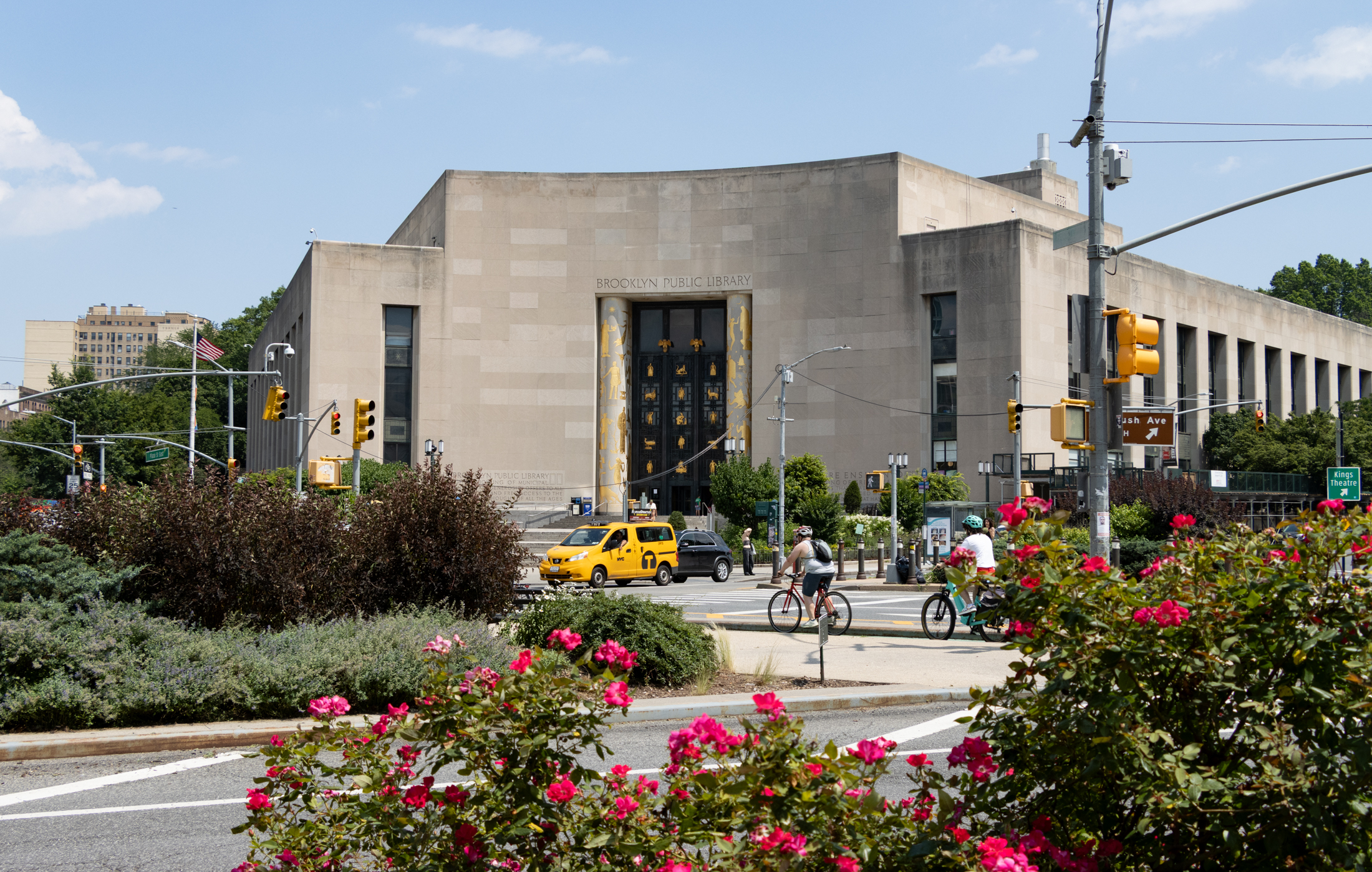Murder Up in North Brooklyn, Down in South
The number of murders in North Brooklyn spiked 34 percent in the first half of the year while just about every other comman center saw declines. There were 59 homicides in the Brooklyn North Command (which includes precincts 73, 75, 77, 79, 81, 83, 84, 88, 90, and 94) through June 10 this year, versus…



The number of murders in North Brooklyn spiked 34 percent in the first half of the year while just about every other comman center saw declines. There were 59 homicides in the Brooklyn North Command (which includes precincts 73, 75, 77, 79, 81, 83, 84, 88, 90, and 94) through June 10 this year, versus 44 in the same period in 2006 and 36 in 2005. The main cause? According to John Jay College’s Richard Curtis, it’s a rise in “disrespect shootings” by teens, which includes such death-worthy offenses as looking at someone’s girlfriend the wrong way, as someone did around the corner from our house last year. Of course, all parts of North Brooklyn are not created equal. While murders in Bushwick’s 83rd Precinct rose from 2 to 6 in the first half of 2007, Brooklyn Heights and Boerum Hill have none for the second year running. Street crime in those tony nabes has risen considerably though: Robbery is up 21 percent, assault 12 percent and grand larceny 4 percent this year. None of this is exactly news for real estate brokers to play up.
Surge in Slayings Shocks Brooklyn [NY Post]





Well, the 3/4 is no Orient express 🙂
I’m waiting for the dining car- we can get that, right? 🙂
/\ I get your point. And again, I know that 90% reisdents of Central Brooklyn are wonderful people. I’ll I ask is people keep it real about what this nabe is and where it’s been.
Why do people think rich people in the hood are so bad? I mean, it means more wonderful stores, money for cops/schools, Shit…they might even try putting some better railcars on the A train. 🙂
I would like Central Brooklyn to be both rich and middle-class, and it can if we play our cards right.
Common sense- that’s the last thing I would pretend. But I’ve lived within Black communities, I have Black family, Black friends- you have a different perspective from here. And I don’t mean to imply I am some sort of “special insider”- I’m not. I just live in a community I love, and I want the picture to be whole, not one-sided. So many good things go on here, and there are so many good people who have fought an uphill battle for these neighborhoods but they are overlooked or forgotten. They were self-gentrifyers, long before the real estate market discovered how fabulous the housing stock was. But no one ever gets to hear about them. I don’t think it’s right or fair to the community, especially when everytime someone (myself e.g.) tries to bring up all the good things, people immediately assume that we are trying to sugarcoat the situation or we are lying, or we are ostriches. Believe me, I am not.
But people make a mistake when they assume that the people in Bed-Stuy or Crown Heights or Clinton Hill or PPG have not done anything to save their own neighborhoods or that they have been ineffective.
I’ve seen plenty of good and bad in life. Who hasn’t? I agree that it’s great to build housing to keep the middle class here- it’s important to all of us that they not be driven out. It’s important for young families to be given a chance to own in their own neighborhoods – no doubt about it. But how do you teach or expect people to care about their property when they’ve spent their money on “affordable” junk and they have to spend even more money and time repairing what was just built? then it becomes unaffordable and unliveable.
There aren’t any easy answers, but there could be better questions.
/\I don’t look at it in a “I don’t give a shit” way. I’m just looking at the big picture.
Yes, Fedders are ugly. But everyone on here goes on and on about keeping Middle-class folks here (which I support), and fedders housing is affordable housing. I mean, I’m not advocating building slums, but if a growing middle/working class family can come here and live the American dream, then by all means we should support that. When you see the good and bad in life, you realize what’s importaint.
As for the quote, sorry for that. I did think that you seemed unaware of just how bad some things were in the day. Not trying to pass judgement……
Also, don’t sit here and try to compare “experience”. I was here since 1947 and saw everything. From the blackout to the riots. Yes, I do recognize the wonderful citizens that reside here, and they are quite numerous, a majority even. I’ve talked to them, played with them (as a kid). gone out with them and shopped at their stores. I would miss that. But there are also lots of thugs/sloths/criminals and junkies. Ultamitely, there’s a reason the moniker “BED STUY DO OR DIE” came into existance. Don’t pretend like this area was some Spike Lee-esque Black suburb. It would be nice if it became that, but that isn’t real now or was real back then.
I”m sure each of us can find the facts and stats to back up both of our arguments, but I am also certain that mine is based on far more experience than yours. Stats are tracked for crime-but there are few analyses that give a full picture of any community.
“People forget that Bed-Stuy, CHN, and other predominantly Black communities are trendy now because a big working-middle class stayed and anchored them. And worked very hard to make them better” is what I said- and that is a different statement from the words you are trying to put in my mouth- or my pen as it were. No where did i say proverty wasn’t rampant or the neighborhood was without serious problems. But no assessment of Bed-Stuy or other Black neighborhoods is worth much unless you consider all the factors, and not reduce them to a simplistic viewpoint. Which is what you’re doing.
As far as fedders buildings- I don’t know about you, but when a developer puts one up in a poor neighborhood, it just says they don’t give a crap about it or the people who will live there. they just want their money. It wouldn’t even be a problem except that crap attitude translates into crap construction and design that the new owner is stuck with. I have a friend who is a contractor and she has done numerous construction/repair jobs in new fedders housing.For people who have worked hard to be able to buy a home or a condo, they deserve better than that.
To Anonyomus:
Suck it, I’m for CH period.
To Anon:
The general gist of your post is good, but here’s where your wrong:
“Housing Prices have never come down”
Wrong, they’ve come crashing down during the early 70s and during the early 90s. More housing lowers demand, thus lowering prices. I know that’s not what the socialists here want you to believe, but it’s true. It doesn’t matter what you “believe”, it matters what’s tried and true economic theroy. As for fedders, as long as we’re not losing brownstones, who cares? If it gives a young, hardworking family, Black or White a place to live, then I’m all for it.
“Bed-Stuy, CH and other Black neighborhoods are popular becuase the middle class stayed”
Yes, some did. But don’t fool yourself. By 1970, half this area was on some form of public assistance. Middle-class nabes don’t register 80-90 slayings a preceint as was the case during the late 80s and early 90s. Poverty here is very real and very rampant.
As for intergrating the existing community, it’s very simple:
step 1: More housing, more Black/Jewish-owned buisnesses
step 2: set aside protion of all developments for middle class
step 3: get the schools up and running
step 4: Pay the NYPD it’s fair share
step 5: Look past skin color and realize we’re all one community 🙂
(just a side note, for all the “Keep Bed-Stuy Black” crowd, how do you feel about the “Keep Bensonhurst Italian” crowd?)
Thank you anon 2:42 at 11:24am! 🙂
Nicely articulated and heart-felt and I agree.
then you and I are on the same page and the same background. One of the things I’ve always loved about New York was the neighborhoods. It just seemed that people chose a neighborhood for their own reasons- I love Crown Hgts. North because it reminds of the Bronx neighborhood I grew up in. I moved here because an opportunity came up to rent from a friend- I hardly constitute gentry on any level. My dislike of the type of gentrification NYC is seeing is that it is often destructive- it involves displacing the older community instead of supporting, and helping to build it up. I know there are drug dealers on the corner of my street, and bad stuff happens. But I live here every day and the people I live among are for the most part as hardworking, as intelligent, as creative, as contributory as anyone else. I hate when statistics are used to define a neighborhood and all the other facts fall by the wayside.
Do I think that means there are no problems to be resolved- hardly. Do I think people need to take more responsibility- absolutely. Do I think the City has redlined poorer communities in terms of services and money- 100%. I lived in Brooklyn Heights and Crown Heights. I have a real point of comparison. from the buses, to the trains to everything else-Brooklyn Hgts. gets more and more quickly.
I honestly don’t believe if we allowed more housing prices would come down and the middle class come in. First because housing prices have never gone down. second- developers are out to make as much money as they can and spend as little as possible doing it. that’s good business sense- but it often translates into awful fedders buildings or poorly designed and built apartment buildings, better suited to be warehouses than homes. Third- everyone wants to build luxury housing and co-ops. taking into account how expensive it is to build anywhere in NYC, I don’t see low to middle income housing- decent housing, not cheap crap- being built. Except when developers are forced to- the way Ratner was. And there is no guarantee he will ever actually build it- so it’s still a lose-lose situation for the community.
People forget that Bed-Stuy, CHN, and other predominantly Black communities are trendy now because a big working-middle class stayed and anchored them. And worked very hard to make them better- they are not all homeowners but people invested in their communities. Bed-Stuy especially was active. Their first House Tour was over 25 years ago- long before a gentrifyier would even know the name. Crown Heights North is another perfect example. But when people look at these communities and see crime stats, that’s all they see and property investors think they have to clear out the neighborhood to protect their investments. the drug dealers don’t suffer- their business is mobile. It’s the people who anchored the neighborhood that suffer most.
So the question is what makes a successful neighborhood? How do you integrate the wants of gentrifyiers with the needs of the existing community and make it work for both? Without telling them since they can no longer afford their own neighborhood they should just shut up an move- because that has been said many many times on this board.